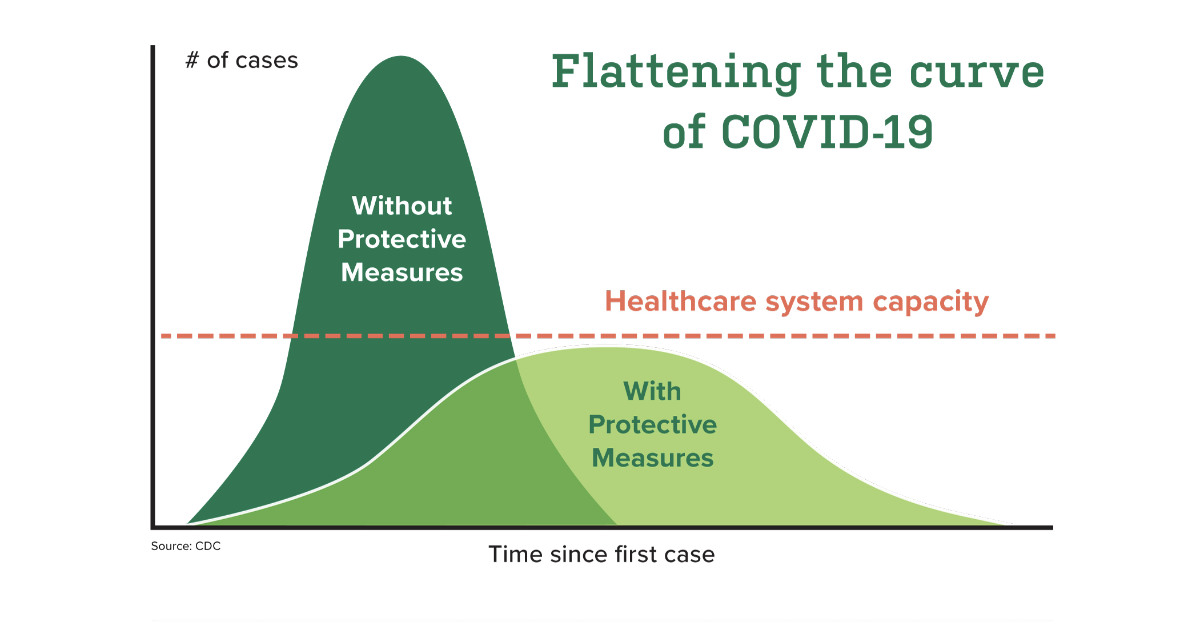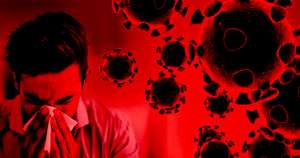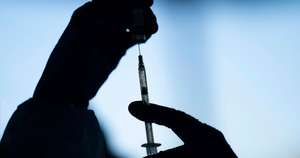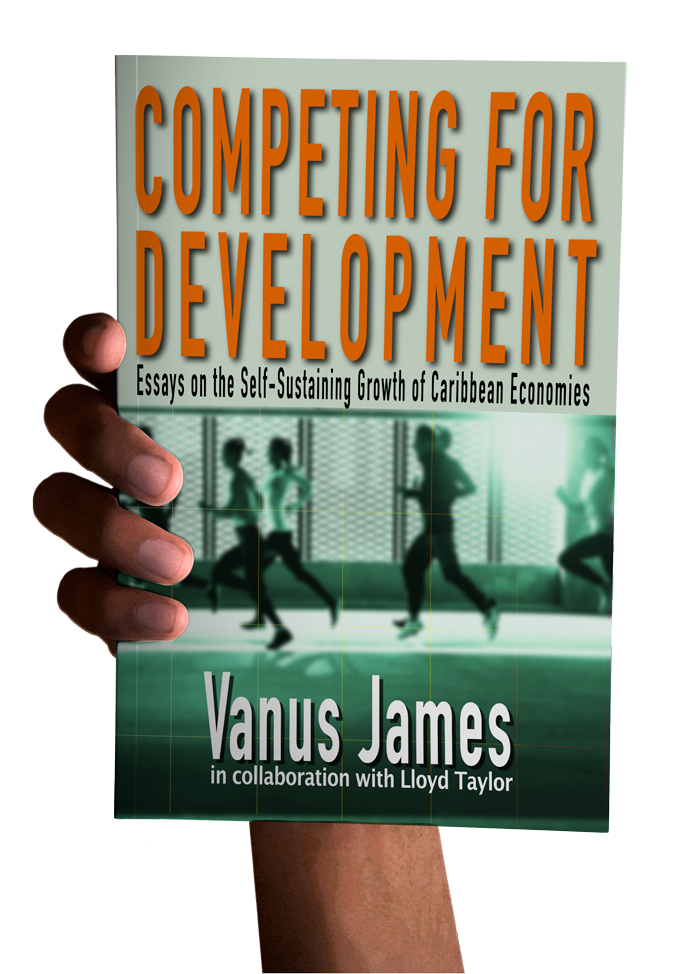
CAN A RESURGENT CURVE FLATTEN US?
Assessing the Resilience of Trinidad and Tobago's Anti COVID-19 Public Health Armour
(Part I)
Societies everywhere are struggling to find measures to contain and defeat the onslaught of the Sars-Covid-19 pandemic. Trinidad and Tobago’s government and citizens have found themselves in the same straight jacket. For 18 months it has been a real struggle to create instruments and put in place a monitoring and management system, in order to master and defeat the corona virus. The challenge is toughened by the poverty of research data on the potency of the virus; the need to build a public health capacity to manage the spread of infections, to treat infected patients and the lack of a competent scientific capability to investigate, invent and produce, and patent medicines to respond to current and mutating variants of the virus.
Despite global uncertainty, people in Trinidad and Tobago still have a responsibility to assess, how well or how poorly official interventions to treat the virus are quickly enabling our society and economy to return to normalcy. This assessment is necessary in the context of the government’s measures that include states of emergencies, curfews, and vaccination and quarantine provisions. This effort will assess government’s own evaluation of the forecast of the effectiveness of its policies to reduce the infection rate and avoid infection spikes seen in April /May 2021, and to reduce the virus’s impact by administering about 900,000 mostly single-shot doses by September 1st, 2021.
In any such assessment of forecasted performance many variables must be investigated. One is a potential lack of public trust in the promises of Government and public health practices it recommends for securing the nation’s health. Another is mistrust of the sincerity of pharmaceutical companies and the efficacy of the vaccines they produce. Still another key factor is the role of antibody waning, confusion over what that means for the re infection of fully vaccinated persons and the recommendation of booster shots. The variable, PCR testing for infection raises questions about its most effective role. A fourth consideration is the training of healthcare workers for the care, management and treatment of persons infected with Covid 19.
The first factor is not subject to easy government control anywhere in the world. Public confidence cannot be helped by deaths from the spread of infection and death-defining side-effects however miniscule these events are in relation to the numbers of fully vaccinated persons. Side effects impact individual persons, families and groups and breeds vaccine reluctance, refusal and hesitance in an ever widening circle as information is broadcast. Anti-body waning defines a slow inexorable decline of the antibodies, brought into existence by the body’s immune response to combat attacks from viruses. The role of PCR testing is within government’s control. It can be used narrowly or to unearth asymptomatic cases. How critical a factor PCR testing may be in managing the spread of COVID _19 infections is treated to a probing assessment below.
Finally, intelligence reports emerging from parallel non- traditional hospital system suggest there is an absence of a regime of care, management and treatment within the competencies of publicly trained healthcare workers who interact frequently with infected patients. This is so, despite glowing reports from celebrities who acknowledged indebtedness to the life saving interventions of healthcare workers. I have heard anecdotal evidence that between institutional admission and discharge there is a perception that, health-care may not be equally applied to all infected patients and that some patients, perceived to have remote chances of survival, are sent home to die. Anecdotal evidence also suggests that PCR tests for infected persons can take as much as a week to know the outcome; while hopefully fewer never get a result.
For purposes of sharpening the health management perspective Trinidad and Tobago faces, at the begining of July 2021 the global numbers on the pandemic were as follows:
| Country | Confirmed Cases | Deaths | Vaccination Doses* |
|---|---|---|---|
| World | 182,319,261 | 3,954,324 | 3,128,764,855 |
| Of Which: | |||
| USA | 33,343,961 | 599,680 | 328,152,304 |
| India | 30,458,251 | 400312 | 334,741,649 |
| Brazil | 18,557,141 | 518,066 | 102,780,096 |
| France | 5,667,081 | 110,190 | 40,875,355 |
| Russia | 5,561,360 | 136,565 | 40,875,355 |
| United Kingdom | 4,828,467 | 128,162 | 77,909,177 |
| China | 103,791 | 4,847 | 1,268,273,312 |
| Trinidad and Tobago | 33,153 | 866 | 319,591 |
Sources: WHO Covid Dashboard/BBC Covid Dashboard/National Health Agencies as at July 2 2021
* Doses administerd (total of first + second doses administered) and not the total of number Individuals vaccinated









